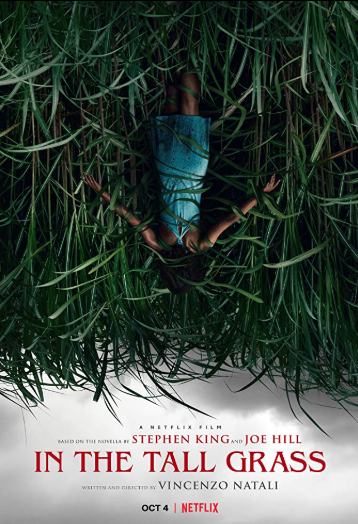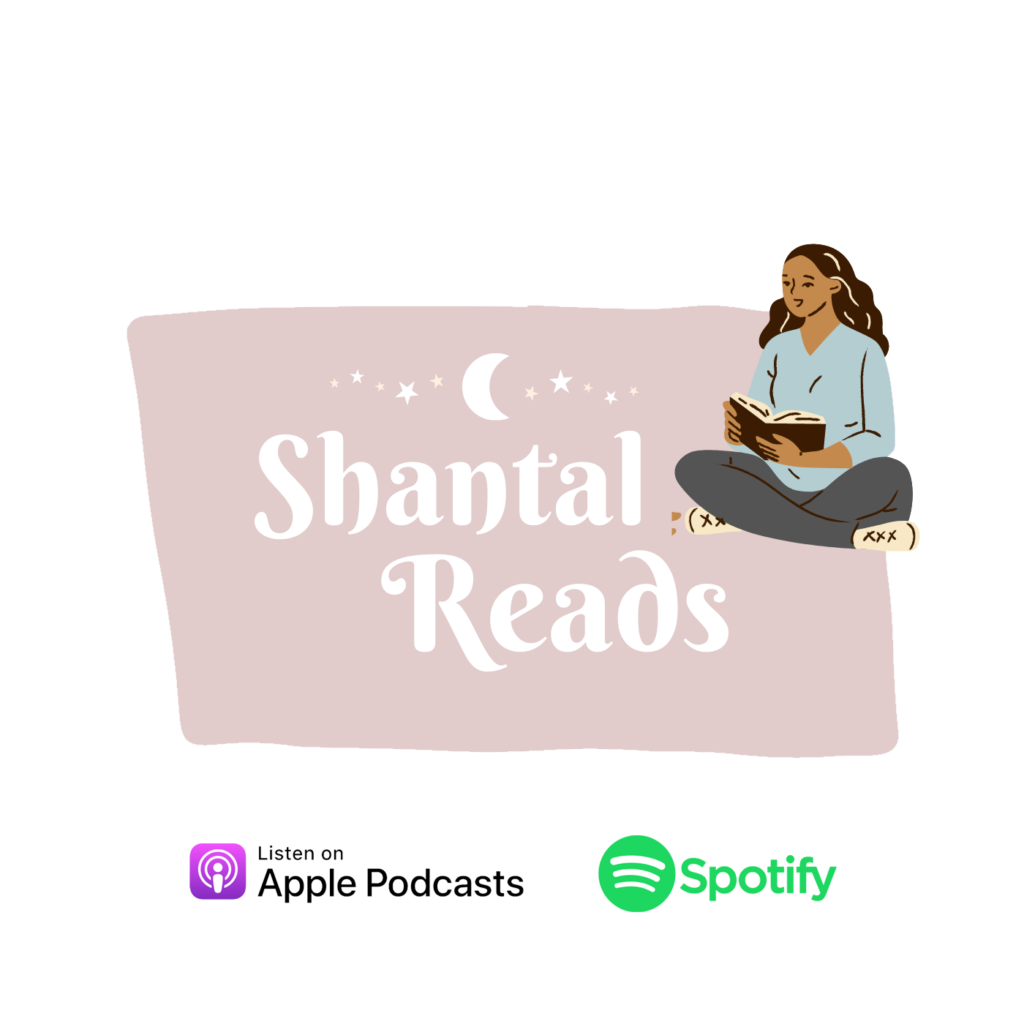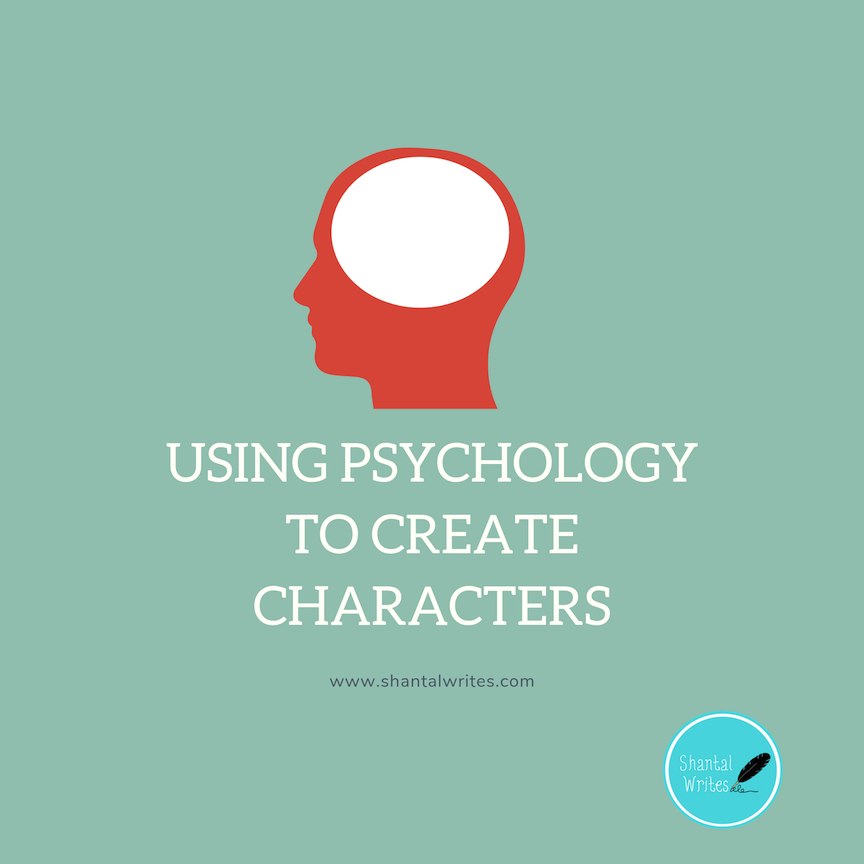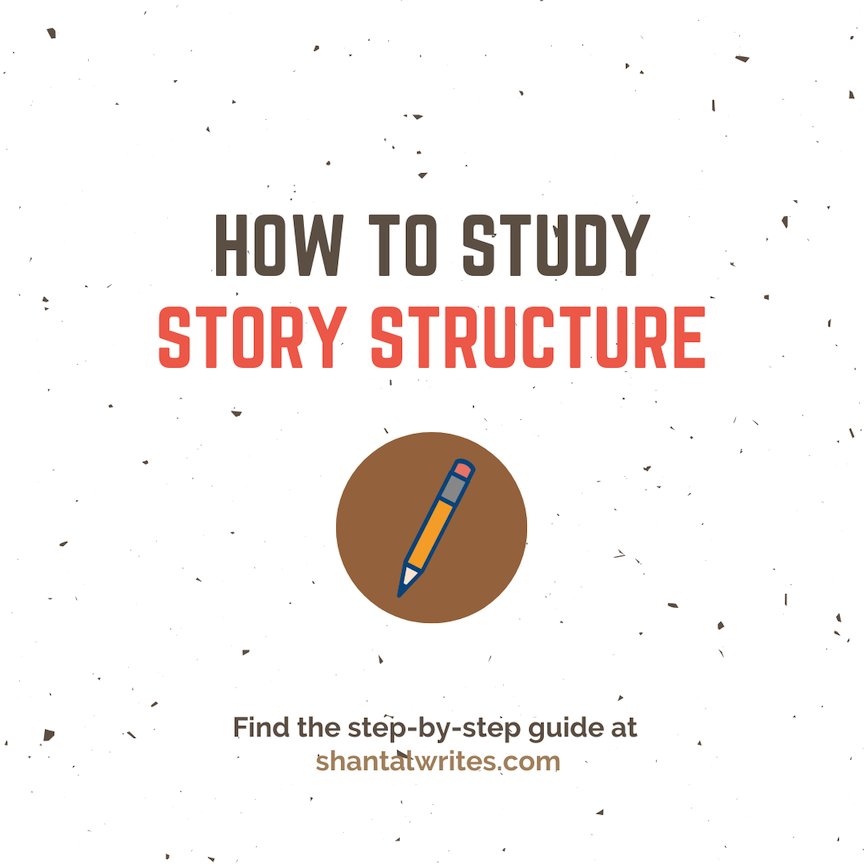
For new or novice writers, as you begin to develop your skills, knowing what kind of writer you are is important. Knowing your writing style can help you build stories you’re proud of and even overcome writer’s block. These styles usually fall into two categories: pantsers or plotters. Or, how Brandon Sanderson, author of the “Mistborn” series calls them: discovery writers or outliners.
Pantser or Discovery Writer

Being a discovery writer or pantser means that that you prefer to discover your story through the act of writing. You may be inspired by an idea and prefer to write it out immediately with little to no plans. This is a great way of generating interesting ideas without letting your critical mind get in the way. However, some problems discovery writers run into is that it can take them a long time to figure out what their story is about. When something new crops up, they have to revise whatever they’ve written up to that point, and their story’s endings tend to be weak or meander.
Plotter or Outliner

Outliners or plotters are writers who prefer to design and plan their novels before writing them. The thought of sitting down to write without knowing where they’re going or what their story is about stresses them out. Because they know where they’re going, plotters usually write tight plots and finish their stories faster. However, some problems outliners may deal with is writing plot-heavy stories, flat characters or getting stuck in the planning stages for a long time. Also, if something unexpected emerges during the writing of the story, an outliner might have to go back and rework their outline.
You Can Be Both
Being a plotter or pantser doesn’t mean that you have to be one or the other. In fact, most people have both traits. When I first started writing, I mostly wrote without planning, often following my intuition to guide me the next plot point. However, I would get lost in the process, rarely ever getting to an ending. So, I began to study story structure and implementing planning strategies, like developing a loose outline.
Your writing style may change throughout the years, or change according to the project you’re working on. For instance, last month I discovery-wrote the first draft of my short story Washed Up after a long bout of writers block. This method was best fit for my circumstances, but I’m still working on finding just the right method for me.
So, as you begin to learn about yourself as a writer, take the time to observe what writing styles and methods you gravitate towards. Try both plotting and pantsing! Knowing this is a great tool to help you generate your best work.
What’s your writing style like? Tell me about it in the comments!

Hi! Shantal here. I’m a writer and a storyteller. I created Shantal Writes to share my experiences with writing fiction. I also provide new writers with tips, tools, and writing advice. I hope you find something helpful while you’re here!
More On Shantal Writes




